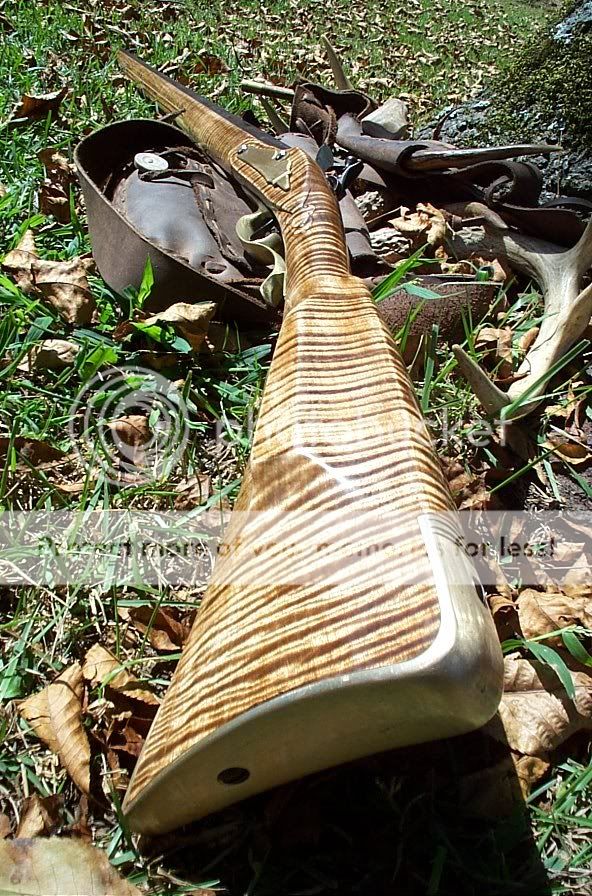I am about ready to staining my maple stock for NW Trade Gun. I have finished several stocks before but always in Walnut. Every time I have stained maple before it tends to bloch on me, looking spotty.
I have heard of two methods of sanding.
One, only sand down to 180 grit. This tends to leave the grain more porous and will take more stain thus leaving the stain more consistant.
The other is to finish to 320 grit. This tends to leave the grain tighter and not to accept the stain as readily in the softer areas more consistant with the harder areas.
I will probably use alcohol stains with an oil finish.
Any tips or pitfall warnings will be greatly appreciated.
Thanks
Joe Yanta
I have heard of two methods of sanding.
One, only sand down to 180 grit. This tends to leave the grain more porous and will take more stain thus leaving the stain more consistant.
The other is to finish to 320 grit. This tends to leave the grain tighter and not to accept the stain as readily in the softer areas more consistant with the harder areas.
I will probably use alcohol stains with an oil finish.
Any tips or pitfall warnings will be greatly appreciated.
Thanks
Joe Yanta





